This Photograph Of Neptune Was Reconstructed From Two Images Taken By Voyager 2’s Narrow-angle Camera,
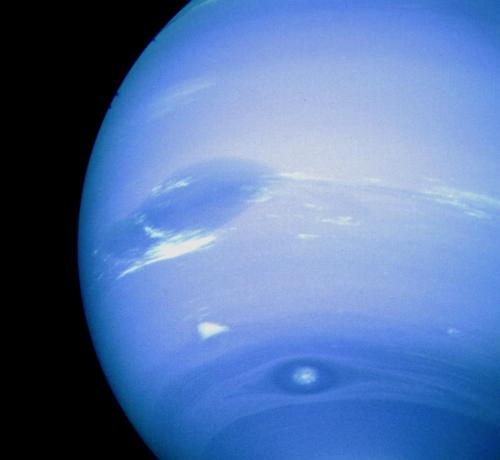
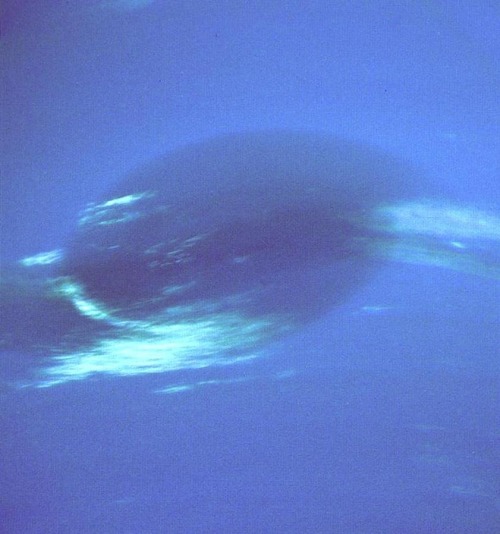
This photograph of Neptune was reconstructed from two images taken by Voyager 2’s narrow-angle camera, through the green and clear filters. At the north (top) is the Great Dark Spot, accompanied by bright, white clouds that undergo rapid changes in appearance.
Credit: NASA
More Posts from Carlosalberthreis and Others
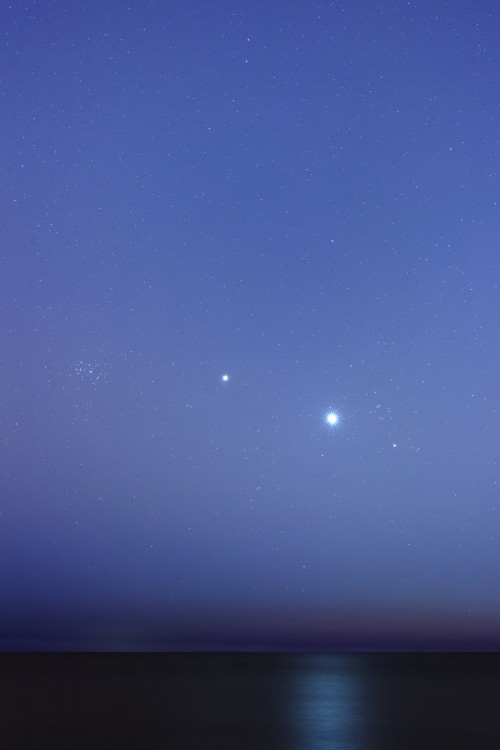
Aldebaran, Venus, Jupiter and Pleiades - Buenos Aires, Argentina.
Image credit: Luis Argerich

Em um final de tarde próximo à igreja São Benedito, observei no horizonte este cenário. 🌅
Aconteceu neste dia um pôr do sol típico da amazônia e também uma conjunção entre a Lua e os planetas Vênus e Mercúrio.
Um detalhe que eu enfatizei foi esta árvore, que no início fiquei pensativo, se eu registrava ou não estas imagens. Após algum tempo, decidi então tirar umas fotos, pois, lembrei do seguinte pensamento:
💭 Tudo o que enxergamos ao nosso redor, nunca mais vai se repetir. É um evento único. Que ficarão em nossas memórias.
Meses depois, soube que esta árvore, talvez do tipo flamboiã ou similares, não estava mais nesse local. Pois, iniciaram obras de contenção de erosão na orla onde esta árvore ficava.
Com isso, talvez foram os últimos registros desta árvore ainda viva. 🌳
📅 Data de registro: 5 de agosto de 2024 às 18:22
Our Most “Liked” Instagram Posts of 2017
Our Instagram page has over 2,200 images and is lucky enough to be followed by more than 29 million fans.
What images and videos were your favorite from this past year? Great question, and one we asked ourselves too!
Here’s a look at our most liked Instagram posts* of 2017…Enjoy!
#10 Black Hole Collision

What happens when two supermassive black holes collide? Until last year, we weren’t quite sure. Gravitational waves! With 834,169 likes, this image is our 10th most liked of 2017.
#9 Italy Through the Space Station Cupola Window

European astronaut Paolo Nespoli (@Astro_Paolo) shared this image on social media of “Southern #Italy and Sicily framed by one of our Cupola windows” aboard the International Space Station. This image ranks #9 for 2017 with 847,365 likes.
#8 Black Hole Friday

For our 5th annual #BlackHoleFriday we’ll share awesome images and facts about black holes! A black hole is a place in space where gravity pulls so much that even light cannot get out. With 916,247 likes, this picture ranks #8 for 2017.
#7 The Elements of Cassiopeia A

Did you know that stellar explosions and their remains–“supernova remnants”–are a source of chemical elements essential for life here on Earth? A new Chandra X-ray Observatory image captures the location of several vital elements like silicon (red), sulfur (yellow), calcium (green) and iron (purple), located on Cassiopeia A–a supernova remnant ~11,000 light years from Earth. This image ranks #7 for 2017 with 943,806 likes.
#6 Jupiter Blues

Jupiter, you’re bluetiful 💙 ! Churning swirls of Jupiter’s clouds are seen in striking shades of blue in this new view taken by our Juno spacecraft. This image ranks as our sixth most liked Instagram post of 2017 with 990,944 likes.
#5 An Interstellar Visitor

An interstellar visitor…scientists have confirmed that an intriguing asteroid that zipped through our solar system in October is the first confirmed object from another star! Observations suggest that this unusual object had been wandering through the Milky Way, unattached to any star system, for hundreds of millions of years before its chance encounter with our star system. With 1,015,721 likes, this image ranks #5 for 2017.
#4 Space Station Lunar Transit

Space station supermoon. This composite image made from six frames shows the International Space Station, with a crew of six onboard, as it transits the Moon at roughly five miles per second on Dec. 2. This image ranks #4 for 2017 with 1,037,520 likes.
#3 The Space Between Us
A post shared by NASA (@nasa) on Dec 20, 2017 at 2:56pm PST
The beautiful space between Earth and the International Space Station was immortalized by NASA astronaut Mark Vande Hei while orbiting 250 miles above the planet we call home. This majestic image ranks #3 for 2017 with 1,042,403 likes.
#2 The Moon Swallows the Sun
A post shared by NASA (@nasa) on Aug 21, 2017 at 2:03pm PDT
Today, the Sun disappeared, seemingly swallowed by our Moon–at least for a while. The August 21 solar eclipse cut through a swath of North America from coast to coast and those along the path of totality, that is where the Moon completely covered the Sun, were faced with a sight unseen in the U.S. in 99 years. Which might have something to do with this image ranking #2 for 2017 with 1,144,503 likes.
#1 Solar Eclipse Over Cascade Lake
A post shared by NASA (@nasa) on Aug 21, 2017 at 3:57pm PDT
Behold! This progression of the partial solar eclipse took place over Ross Lake, in Northern Cascades National Park, Washington on Monday, Aug. 21, 2017.
This photo was our #1 image of 2017 with 1,471,114 likes!
See them all here!
Do you want to get amazing images of Earth from space, see distant galaxies and more on Instagram? Of course you do! Follow us: https://www.instagram.com/nasa/
*Posts and rankings are were taken as of Dec. 28, 2017.
Make sure to follow us on Tumblr for your regular dose of space: http://nasa.tumblr.com.
The Moon in Motion
Happy New Year! And happy supermoon! Tonight, the Moon will appear extra big and bright to welcome us into 2018 – about 6% bigger and 14% brighter than the average full Moon. And how do we know that? Well, each fall, our science visualizer Ernie Wright uses data from the Lunar Reconnaissance Orbiter (LRO) to render over a quarter of a million images of the Moon. He combines these images into an interactive visualization, Moon Phase and Libration, which depicts the Moon at every day and hour for the coming year.
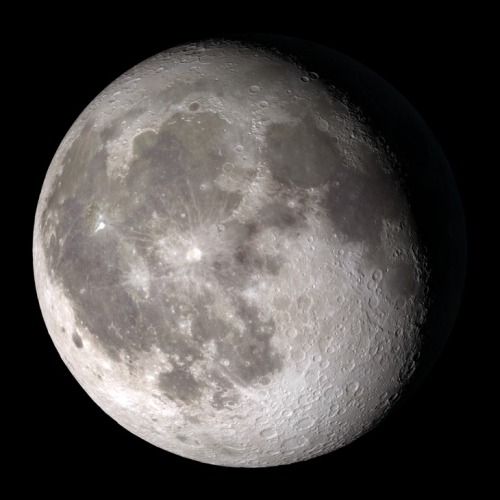
Want to see what the Moon will look like on your birthday this year? Just put in the date, and even the hour (in Universal Time) you were born to see your birthday Moon.
Our Moon is quite dynamic. In addition to Moon phases, our Moon appears to get bigger and smaller throughout the year, and it wobbles! Or at least it looks that way to us on Earth. This wobbling is called libration, from the Latin for ‘balance scale’ (libra). Wright relies on LRO maps of the Moon and NASA orbit calculations to create the most accurate depiction of the 6 ways our Moon moves from our perspective.
1. Phases

The Moon phases we see on Earth are caused by the changing positions of the Earth and Moon relative to the Sun. The Sun always illuminates half of the Moon, but we see changing shapes as the Moon revolves around the Earth. Wright uses a software library called SPICE to calculate the position and orientation of the Moon and Earth at every moment of the year. With his visualization, you can input any day and time of the year and see what the Moon will look like!
2. Shape of the Moon

Check out that crater detail! The Moon is not a smooth sphere. It’s covered in mountains and valleys and thanks to LRO, we know the shape of the Moon better than any other celestial body in the universe. To get the most accurate depiction possible of where the sunlight falls on the lunar surface throughout the month, Wright uses the same graphics software used by Hollywood design studios, including Pixar, and a method called ‘raytracing’ to calculate the intricate patterns of light and shadow on the Moon’s surface, and he checks the accuracy of his renders against photographs of the Moon he takes through his own telescope.

3. Apparent Size

The Moon Phase and Libration visualization shows you the apparent size of the Moon. The Moon’s orbit is elliptical, instead of circular - so sometimes it is closer to the Earth and sometimes it is farther. You’ve probably heard the term “supermoon.” This describes a full Moon at or near perigee (the point when the Moon is closest to the Earth in its orbit). A supermoon can appear up to 14% bigger and brighter than a full Moon at apogee (the point when the Moon is farthest from the Earth in its orbit).
Our supermoon tonight is a full Moon very close to perigee, and will appear to be about 14% bigger than the July 27 full Moon, the smallest full Moon of 2018, occurring at apogee. Input those dates into the Moon Phase and Libration visualization to see this difference in apparent size!
4. East-West Libration
Over a month, the Moon appears to nod, twist, and roll. The east-west motion, called ‘libration in longitude’, is another effect of the Moon’s elliptical orbital path. As the Moon travels around the Earth, it goes faster or slower, depending on how close it is to the Earth. When the Moon gets close to the Earth, it speeds up thanks to an additional pull from Earth’s gravity. Then it slows down, when it’s farther from the Earth. While this speed in orbital motion changes, the rotational speed of the Moon stays constant.
This means that when the Moon moves faster around the Earth, the Moon itself doesn’t rotate quite enough to keep the same exact side facing us and we get to see a little more of the eastern side of the Moon. When the Moon moves more slowly around the Earth, its rotation gets a little ahead, and we see a bit more of its western side.
5. North-South Libration

The Moon also appears to nod, as if it were saying “yes,” a motion called ‘libration in latitude’. This is caused by the 5 degree tilt of the Moon’s orbit around the Earth. Sometimes the Moon is above the Earth’s northern hemisphere and sometimes it’s below the Earth’s southern hemisphere, and this lets us occasionally see slightly more of the northern or southern hemispheres of the Moon!
6. Axis Angle

Finally, the Moon appears to tilt back and forth like a metronome. The tilt of the Moon’s orbit contributes to this, but it’s mostly because of the 23.5 degree tilt of our own observing platform, the Earth. Imagine standing sideways on a ramp. Look left, and the ramp slopes up. Look right and the ramp slopes down.
Now look in front of you. The horizon will look higher on the right, lower on the left (try this by tilting your head left). But if you turn around, the horizon appears to tilt the opposite way (tilt your head to the right). The tilted platform of the Earth works the same way as we watch the Moon. Every two weeks we have to look in the opposite direction to see the Moon, and the ground beneath our feet is then tilted the opposite way as well.
So put this all together, and you get this:
Beautiful isn’t it? See if you can notice these phenomena when you observe the Moon. And keep coming back all year to check on the Moon’s changing appearance and help plan your observing sessions.
Follow @NASAMoon on Twitter to keep up with the latest lunar updates.
Make sure to follow us on Tumblr for your regular dose of space: http://nasa.tumblr.com.

Pôr da Lua no Pôr do Sol! 🌙☀️
📅 Data de registro: 5 de agosto de 2024 às 18:23




Comet C/2016 R2 (now with a biparted tail) passing California Nebula
by Ritzelmut
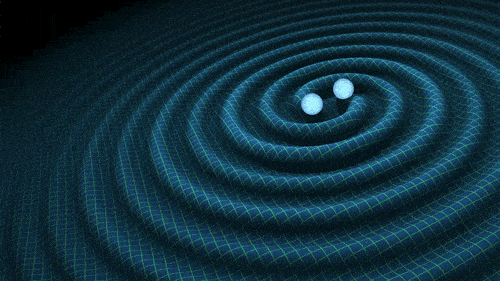
What are Gravitational Waves?
Gravitational waves are ‘ripples’ in the fabric of space-time caused by some of the most violent and energetic processes in the Universe. Albert Einstein predicted the existence of gravitational waves in 1916 in his general theory of relativity.

Einstein’s mathematics showed that massive accelerating objects (such as neutron stars or black holes orbiting each other) would disrupt space-time in such a way that ‘waves’ of distorted space would radiate from the source (like the movement of waves away from a stone thrown into a pond). Furthermore, these ripples would travel at the speed of light through the Universe, carrying with them information about their cataclysmic origins, as well as invaluable clues to the nature of gravity itself.
The strongest gravitational waves are produced by catastrophic events such as colliding black holes,

the collapse of stellar cores (supernovae), coalescing neutron stars or white dwarf stars, the slightly wobbly rotation of neutron stars that are not perfect spheres, and the remnants of gravitational radiation created by the birth of the Universe itself.

hough gravitational waves were predicted to exist in 1916, actual proof of their existence wouldn’t arrive until 1974, 20 years after Einstein’s death. In that year, two astronomers working at the Arecibo Radio Observatory in Puerto Rico discovered a binary pulsar–two extremely dense and heavy stars in orbit around each other. This was exactly the type of system that, according to general relativity, should radiate gravitational waves. Knowing that this discovery could be used to test Einstein’s audacious prediction, astronomers began measuring how the period of the stars’ orbits changed over time. After eight years of observations, it was determined that the stars were getting closer to each other at precisely the rate predicted by general relativity. This system has now been monitored for over 40 years and the observed changes in the orbit agree so well with general relativity, there is no doubt that it is emitting gravitational waves.

Since then, many astronomers have studied the timing of pulsar radio emissions and found similar effects, further confirming the existence of gravitational waves. But these confirmations had always come indirectly or mathematically and not through actual 'physical’ contact.
That was the case up until September 14, 2015, when LIGO, for the first time, physically sensed distortions in spacetime itself caused by passing gravitational waves generated by two colliding black holes nearly 1.3 billion light years away! LIGO and its discovery will go down in history as one of the greatest human scientific achievements.

How are gravitational waves detected?
When a gravitational wave passes by Earth, it squeezes and stretches space. LIGO can detect this squeezing and stretching. Each LIGO observatory has two “arms” that are each more than 2 miles (4 kilometers) long. A passing gravitational wave causes the length of the arms to change slightly. The observatory uses lasers, mirrors, and extremely sensitive instruments to detect these tiny changes. Watch the animation below to see how this works!

Lucky for us here on Earth, while the origins of gravitational waves can be extremely violent, by the time the waves reach the Earth they are millions of times smaller and less disruptive. In fact, by the time gravitational waves from the first detection reached LIGO, the amount of space-time wobbling they generated was thousands of times smaller than the nucleus of an atom! Such inconceivably small measurements are what LIGO was designed to make. To find out how LIGO can achieve this task, visit LIGO’s Interferometer.
Source: LIGO & spaceplace.nasa.gov
Image credit: LIGO/VIRGO (SXS, the Simulating eXtreme Spacetimes) & NASA/Goddard Space Flight Center
From the unique vantage point of about 25,000 feet above Earth, our Associate Administrator of Science at NASA, Dr. Thomas Zurbuchen, witnessed the 2017 eclipse. He posted this video to his social media accounts saying, “At the speed of darkness…watch as #SolarEclipse2017 shadow moves across our beautiful planet at <1 mile/second; as seen from GIII aircraft”.
Zurbuchen, along with NASA Acting Administrator Robert Lightfoot, Associate Administrator Lesa Roe traveled on a specially modified Gulfstream III aircraft flying north over the skies of Oregon.
In order to capture images of the event, the standard windows of the Gulfstream III were replaced with optical glass providing a clear view of the eclipse. This special glass limits glare and distortion of common acrylic aircraft windows. Heaters are aimed at the windows where the imagery equipment will be used to prevent icing that could obscure a clear view of the eclipse.
Learn more about the observations of the eclipse made from this aircraft HERE.
Make sure to follow us on Tumblr for your regular dose of space: http://nasa.tumblr.com

26 de Abril de 2016 começa com Lua, planeta Saturno, planeta Marte, estrela Antares e chuva de meteoros Alfa-Escorpídeas. Um começo celeste bastante comemorativo! (em Parintins)
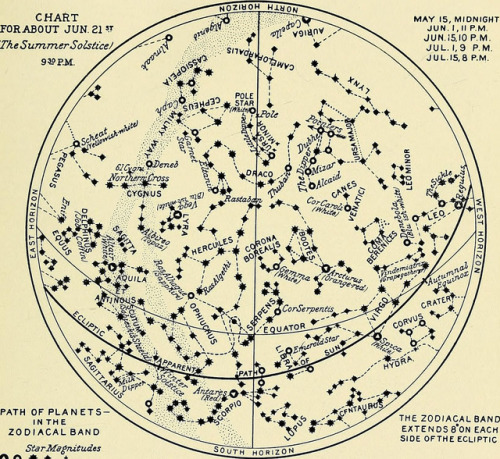
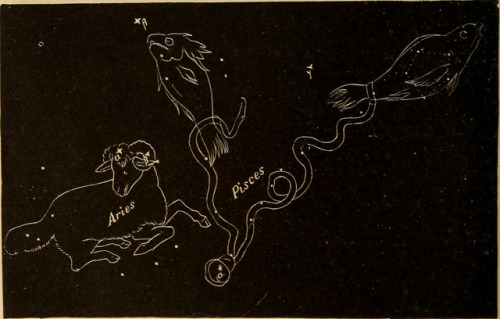
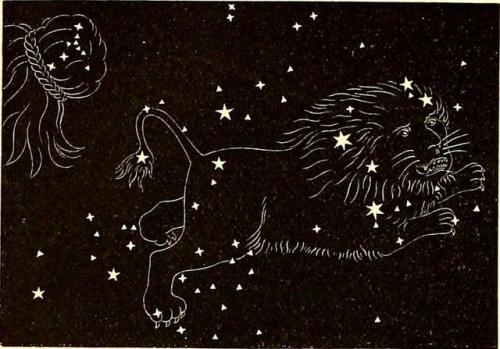
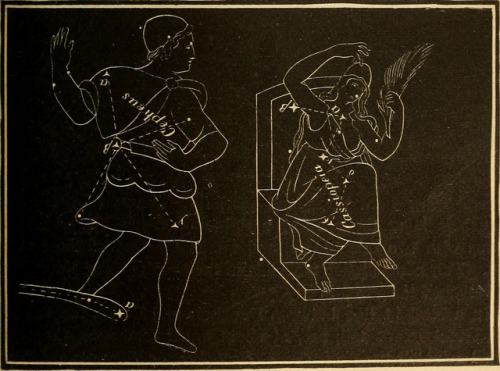
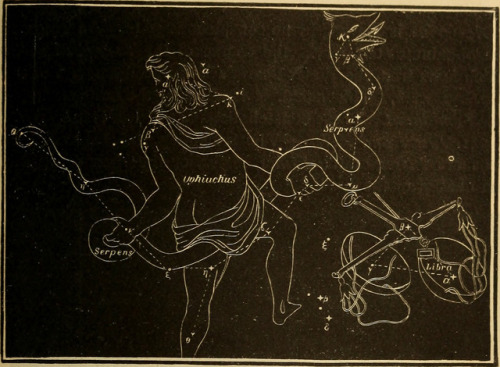
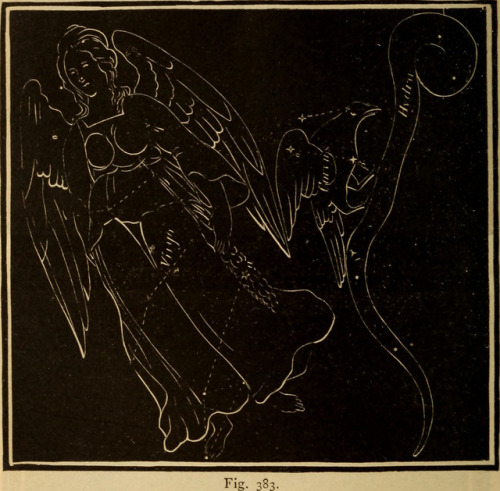
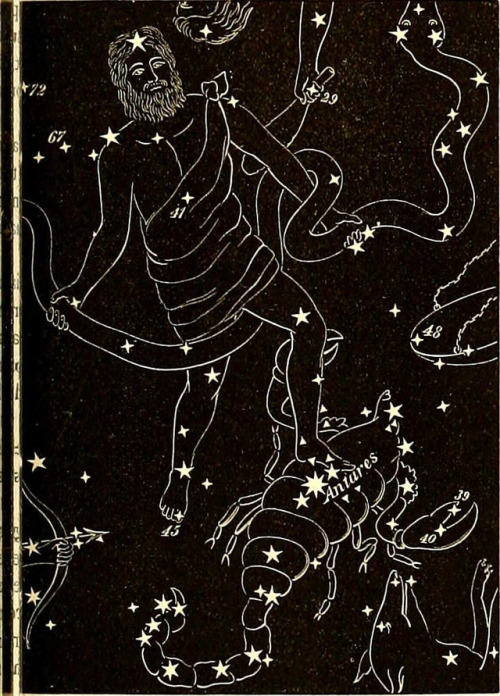
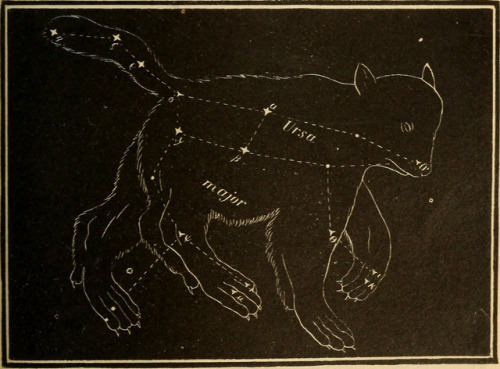
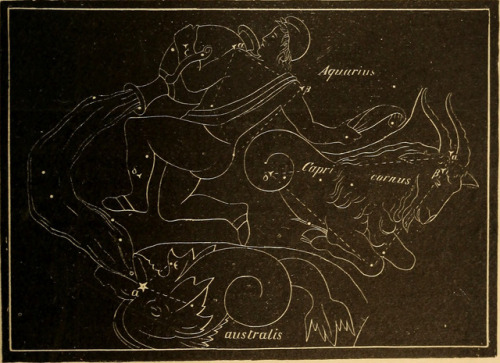
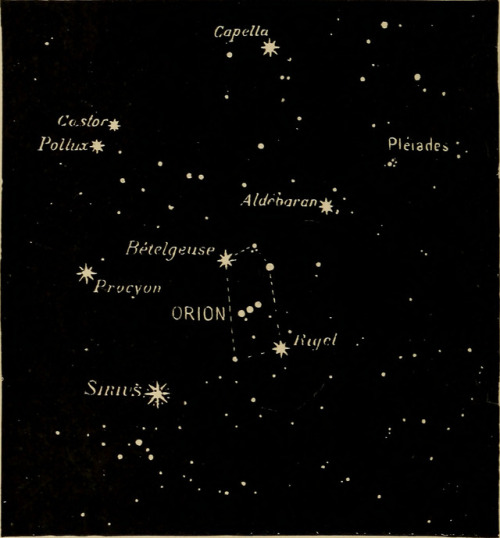
Constellations
A constellation is a group of stars that are considered to form imaginary outlines or meaningful patterns on the celestial sphere, typically representing animals, mythological people or gods, mythological creatures, or manufactured devices. The 88 modern constellations are formally defined regions of the sky together covering the entire celestial sphere.
Origins for the earliest constellations likely goes back to prehistory, whose now unknown creators collectively used them to related important stories of either their beliefs, experiences, creation or mythology. As such, different cultures and countries often adopted their own set of constellations outlines, some that persisted into the early 20th Century. Adoption of numerous constellations have significantly changed throughout the centuries. Many have varied in size or shape, while some became popular then dropped into obscurity. Others were traditionally used only by various cultures or single nations.
The Western-traditional constellations are the forty-eight Greek classical patterns, as stated in both Aratus’s work Phenomena or Ptolemy’s Almagest — though their existence probably predates these constellation names by several centuries. Newer constellations in the far southern sky were added much later during the 15th to mid-18th century, when European explorers began travelling to the southern hemisphere. Twelve important constellations are assigned to the zodiac, where the Sun, Moon, and planets all follow the ecliptic. The origins of the zodiac probably date back into prehistory, whose astrological divisions became prominent around 400BCE within Babylonian or Chaldean astronomy.
In 1928, the International Astronomical Union (IAU) ratified and recognized 88 modern constellations, with contiguous boundaries defined by right ascension and declination. Therefore, any given point in a celestial coordinate system lies in one of the modern constellations. Some astronomical naming systems give the constellation where a given celestial object is found along with a designation in order to convey an approximate idea of its location in the sky. e.g. The Flamsteed designation for bright stars consists of a number and the genitive form of the constellation name.
source
images
-
 peppermnnts liked this · 1 week ago
peppermnnts liked this · 1 week ago -
 lezclaire liked this · 1 week ago
lezclaire liked this · 1 week ago -
 merrrgun reblogged this · 2 weeks ago
merrrgun reblogged this · 2 weeks ago -
 babyufo reblogged this · 2 weeks ago
babyufo reblogged this · 2 weeks ago -
 eugene-is-tired reblogged this · 1 month ago
eugene-is-tired reblogged this · 1 month ago -
 eugene-is-tired liked this · 1 month ago
eugene-is-tired liked this · 1 month ago -
 blueeyedbutch reblogged this · 1 month ago
blueeyedbutch reblogged this · 1 month ago -
 emilyisaboss liked this · 1 month ago
emilyisaboss liked this · 1 month ago -
 emilyisaboss reblogged this · 1 month ago
emilyisaboss reblogged this · 1 month ago -
 profound-desires reblogged this · 1 month ago
profound-desires reblogged this · 1 month ago -
 saraistrad liked this · 1 month ago
saraistrad liked this · 1 month ago -
 queerandlonelyx reblogged this · 1 month ago
queerandlonelyx reblogged this · 1 month ago -
 artos-the-bear-ii reblogged this · 1 month ago
artos-the-bear-ii reblogged this · 1 month ago -
 ultimategeekboy reblogged this · 1 month ago
ultimategeekboy reblogged this · 1 month ago -
 brumbaughfett reblogged this · 1 month ago
brumbaughfett reblogged this · 1 month ago -
 nessieac liked this · 1 month ago
nessieac liked this · 1 month ago -
 nixxy reblogged this · 1 month ago
nixxy reblogged this · 1 month ago -
 crystalover777 reblogged this · 1 month ago
crystalover777 reblogged this · 1 month ago -
 salvadorianstingray reblogged this · 1 month ago
salvadorianstingray reblogged this · 1 month ago -
 scorpiotribe reblogged this · 1 month ago
scorpiotribe reblogged this · 1 month ago -
 simplyparadisiac reblogged this · 1 month ago
simplyparadisiac reblogged this · 1 month ago -
 fandom-penguin liked this · 2 months ago
fandom-penguin liked this · 2 months ago -
 love-me-idk reblogged this · 2 months ago
love-me-idk reblogged this · 2 months ago -
 squadliness reblogged this · 2 months ago
squadliness reblogged this · 2 months ago -
 squadliness liked this · 2 months ago
squadliness liked this · 2 months ago -
 wandering-moon reblogged this · 2 months ago
wandering-moon reblogged this · 2 months ago -
 shxsamzng reblogged this · 2 months ago
shxsamzng reblogged this · 2 months ago -
 ashbank991 reblogged this · 2 months ago
ashbank991 reblogged this · 2 months ago -
 ashbank991 liked this · 2 months ago
ashbank991 liked this · 2 months ago -
 butchtardis reblogged this · 2 months ago
butchtardis reblogged this · 2 months ago -
 mxxnwaves reblogged this · 2 months ago
mxxnwaves reblogged this · 2 months ago -
 they-be-queer reblogged this · 2 months ago
they-be-queer reblogged this · 2 months ago -
 torontolesbian reblogged this · 2 months ago
torontolesbian reblogged this · 2 months ago -
 offthecoastofyourdelicateheart reblogged this · 2 months ago
offthecoastofyourdelicateheart reblogged this · 2 months ago -
 pizduedne reblogged this · 2 months ago
pizduedne reblogged this · 2 months ago -
 laneybug2904 liked this · 2 months ago
laneybug2904 liked this · 2 months ago -
 littlebabysatanpink liked this · 2 months ago
littlebabysatanpink liked this · 2 months ago -
 cliriqstars reblogged this · 4 months ago
cliriqstars reblogged this · 4 months ago -
 dreaming-and-snorlaxing liked this · 4 months ago
dreaming-and-snorlaxing liked this · 4 months ago -
 the-bandit-rose reblogged this · 4 months ago
the-bandit-rose reblogged this · 4 months ago -
 soniciselectricc reblogged this · 4 months ago
soniciselectricc reblogged this · 4 months ago -
 curlytangent liked this · 6 months ago
curlytangent liked this · 6 months ago -
 aphelion-cellstorm reblogged this · 7 months ago
aphelion-cellstorm reblogged this · 7 months ago -
 sagittarius-mood reblogged this · 8 months ago
sagittarius-mood reblogged this · 8 months ago -
 profoundbagelcroissanthands liked this · 8 months ago
profoundbagelcroissanthands liked this · 8 months ago -
 letmefindoutyoursecrets liked this · 8 months ago
letmefindoutyoursecrets liked this · 8 months ago -
 dontkillme reblogged this · 8 months ago
dontkillme reblogged this · 8 months ago -
 violetbooklover liked this · 8 months ago
violetbooklover liked this · 8 months ago
